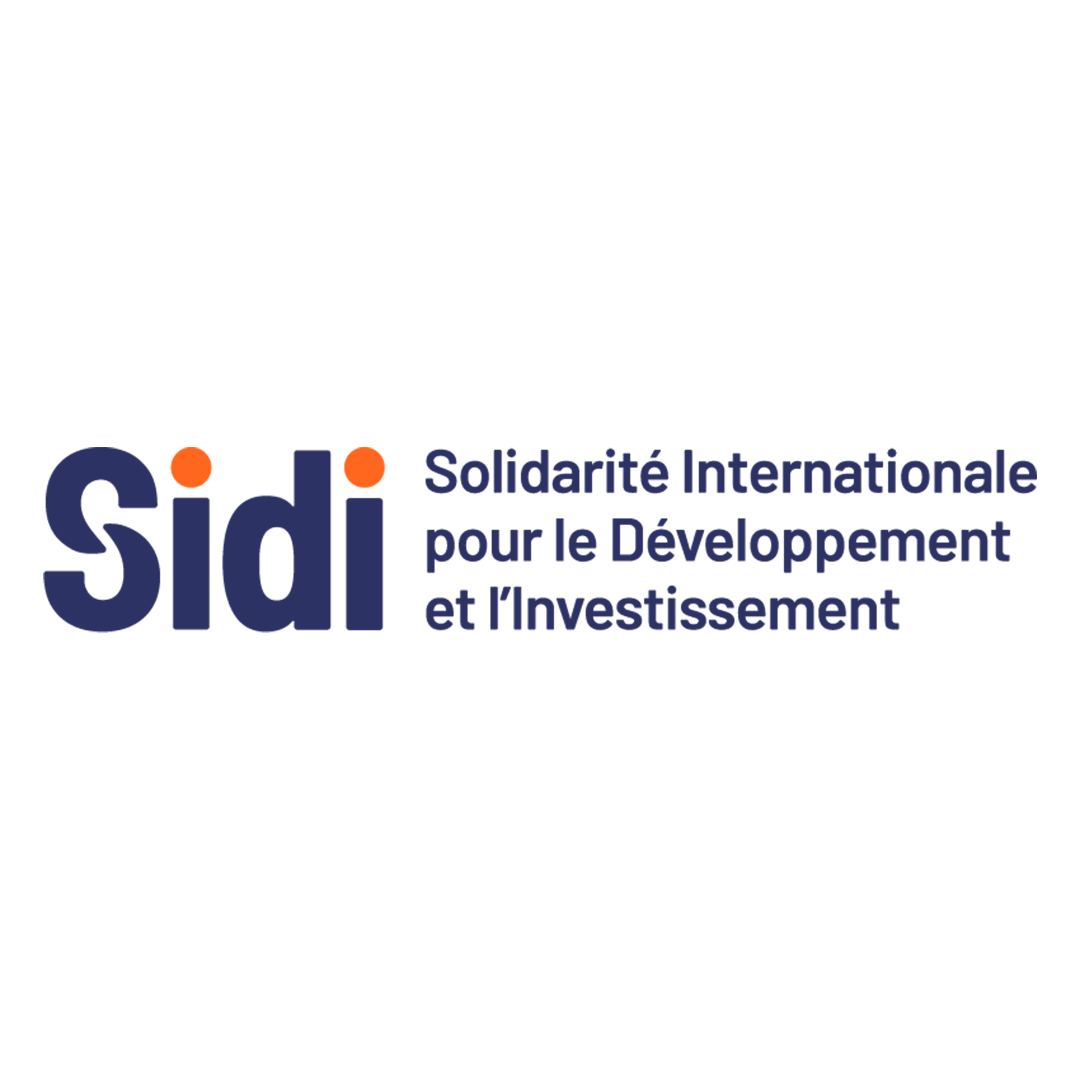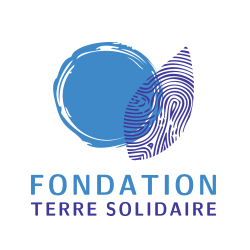Mobile Money in 2020 and beyond: Embracing disruption and building resilience
The start of the new decade saw the world grinding to a halt. When the COVID-19 pandemic took hold and began spreading across the globe in early 2020, it quickly became much more than a health crisis. It also created an unprecedented human, economic and social crisis that rocked societies to their core. The Great Lockdown of 2020 created the worst recession since the Great Depression, pushing millions into poverty and precarity as businesses closed and jobs were lost.
The magnitude and speed of the crisis undermined global financial stability and brought economic
life to a standstill, particularly in low- and middle- income countries (LMICs) where the informal economy dominates. To contain the human and financial toll of the pandemic, national governments took bold steps, not only injecting financing into additional health and emergency services, but also distributing extraordinary levels of monetary and fiscal support.
The most vulnerable and hardest hit by COVID-19 were those living in circumstances that made social distancing impossible or in geographies where these supports were not available. Even those who could benefit from government and humanitarian support were likely to have more difficulty accessing it. Lack of account ownership at a formal financial institution was the greatest barrier. In this context, universal access to financial services became more critical than ever.
There is ample evidence of the benefits of digital financial services, including greater financial inclusion and stronger GDP growth.2 In LMICs, mobile money is far more accessible than any other type of digital financial service (including app-based platforms), particularly outside urban centers. With 310 live services in 96 countries, mobile money is now available in most markets where access to financial services is low.
Mobile money providers also have two noteworthy advantages over other digital financial services: excellent knowledge of local markets and strong partnerships and collaborations with fintechs, banks, governments and other key stakeholders. These capabilities and assets put them in a strong position to weather the storm and build resilience into local economies and societies. As a result, in many markets, mobile money providers became an integral part of the national COVID-19 response and provided a critical path to delivering financial assistance quickly, safely and efficiently.
From the onset of the pandemic, mobile money providers acted urgently to moderate the damage to citizens, governments and businesses. While some were short-term measures, many laid a foundation for future growth and a faster transition from cash to digital payments
Extract from: “State of the Industry Report on Mobile Money” GSMA 2021 Report
The impact of the crisis on microfinance institutions
The Covid-19 pandemic affected all economies impacting fragile economies and the most vulnerable populations in particular.
The Grameen Crédit Agricole Foundation began to investigate the unprecedented effects of this global crisis on microfinance institutions (MFIs). An initial survey was launched in March 2020 to understand how our MFI partners were adapting to the repercussions of the pandemic that had already had an impact on their activities.
In the following months, the Foundation collaborated with two other major players in inclusive finance, ADA and Inpulse, to extend the scope of this study to more than 100 MFIs in 4 continents: Africa, South America, Asia and Europe. Overall, 6 surveys were conducted since the inaugural questionnaire in March.
Updates to the Universal Standards
Standards update process: timeline and activities
In keeping with international best practice, SPTF reviews and updates the Universal Standards approximately every five years to make sure that they continue to reflect best practice. Every update involves gathering and analyzing data from a variety of sources, including one-on-one expert interviews, research studies, observations of practice in the field, public comment, and data from audits, ratings, and certifications. SPTF invites all of its members, from every stakeholder group and from every continent, to provide input. The process takes about a year.
SPTF and CERISE work closely throughout the update process. Once SPTF updates the Universal Standards manual, then CERISE updates the SPI social audit tool, and SPTF and CERISE collaborate to update guidance documents, tools, training materials, training of auditors and TA providers, and other resources that support implementation. SPTF also coordinates with certification/rating agencies to harmonize their frameworks with the updated Standards.
Universal Standards version 3.0
SPTF will release version 3.0 of the Universal Standards in January 2022. The updated manual rewords some of the previous elements for increased clarity, is more rigorous and detailed about certain types of practices, and includes entirely new practices, notably in the integration of client protection practices that apply to a digital context. Version 3.0 also includes a mandatory seventh dimension on environmental performance management. SPTF is co-creating dimension 7 with the e-MFP Green Inclusive and Climate Smart Finance working group, which is simultaneously updating the green index. In the new version, dimension 7 and the green index will be fully aligned, with dimension 7 covering the major concepts and areas of activity while the green index provides extensive detail on how to implement practices in each area
Note: a draft version of dimensions 1-6 of the updated manual. Dimension 7 will be available in fall 2021.
The CP Pathway
Client protection standards and indicators are a subset of the full set of the Universal Standards and indicators in the SPI tool. Therefore, by evaluating its performance using the SPI tool, an FSP will evaluate its client protection practices. For those who wish to focus only on client protection, however, SPTF and CERISE have an initiative called the CP Pathway. This initiative helps FSPs to communicate their commitment to implement client protection, to improve practice, and to demonstrate achievement. Visit the webpage CP Pathwayto learn more.
Green Microfinance
It was decided to integrate SPTF’s Green Microfinance Working Group with e-MFPs Green Inclusive & Climate Smart Finance Action Group because the objectives and activities of both groups are the same. The action group brings together microfinance practitioners to discuss and exchange experiences in dealing with environmental issues and to create new practical tools to advance environmental microfinance. The Action Group is meant both as a knowledge-sharing and awareness-raising platform that serves as a reference in the microfinance sector.
Read more…
Upcoming events
- Training on Ecological and social transition: Lome-Togo September
- Training on management of Customer complaints: Cotonou, Benin, September
- Training on ecological and social transition, Addis, Ethiopia, November
- Training on digital finance and Financial education, Addis, Ethiopia, October
- African Microfinance Week, Kigali, Rwanda, October







